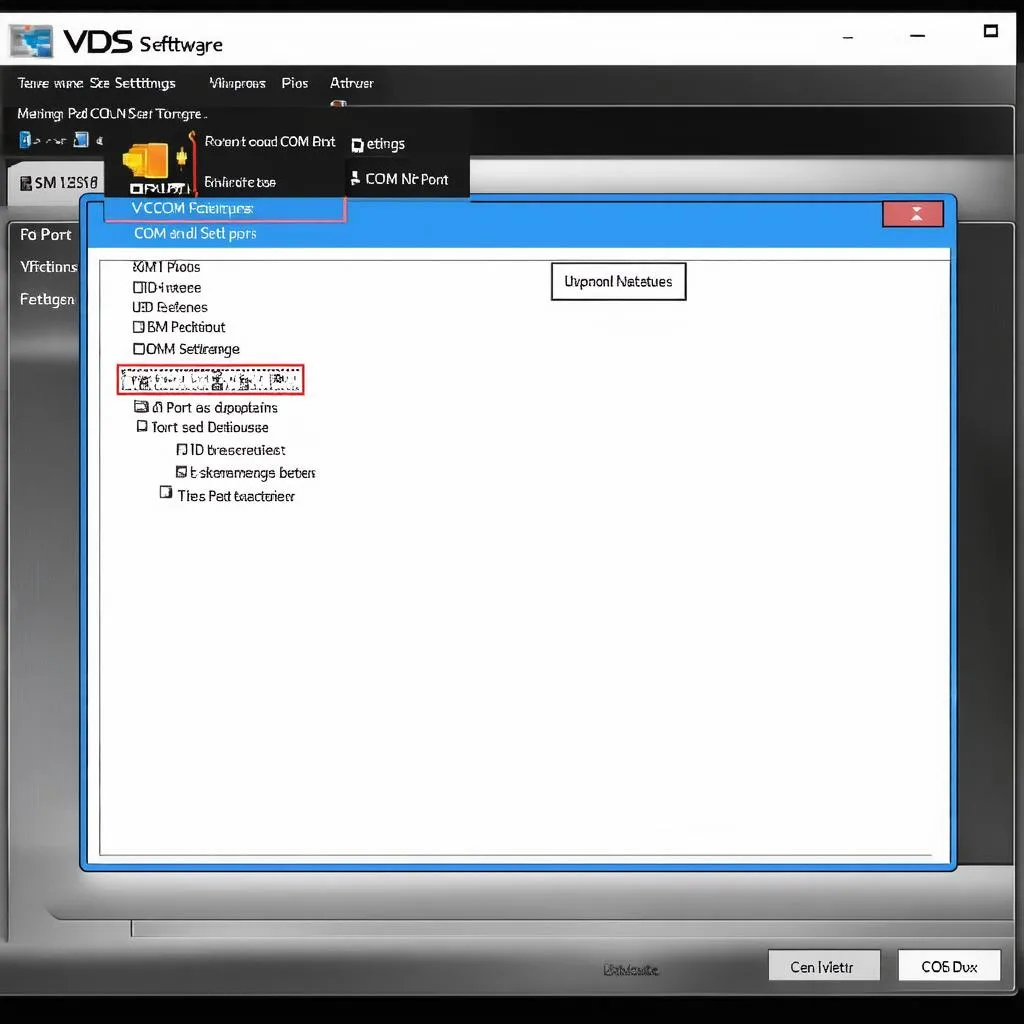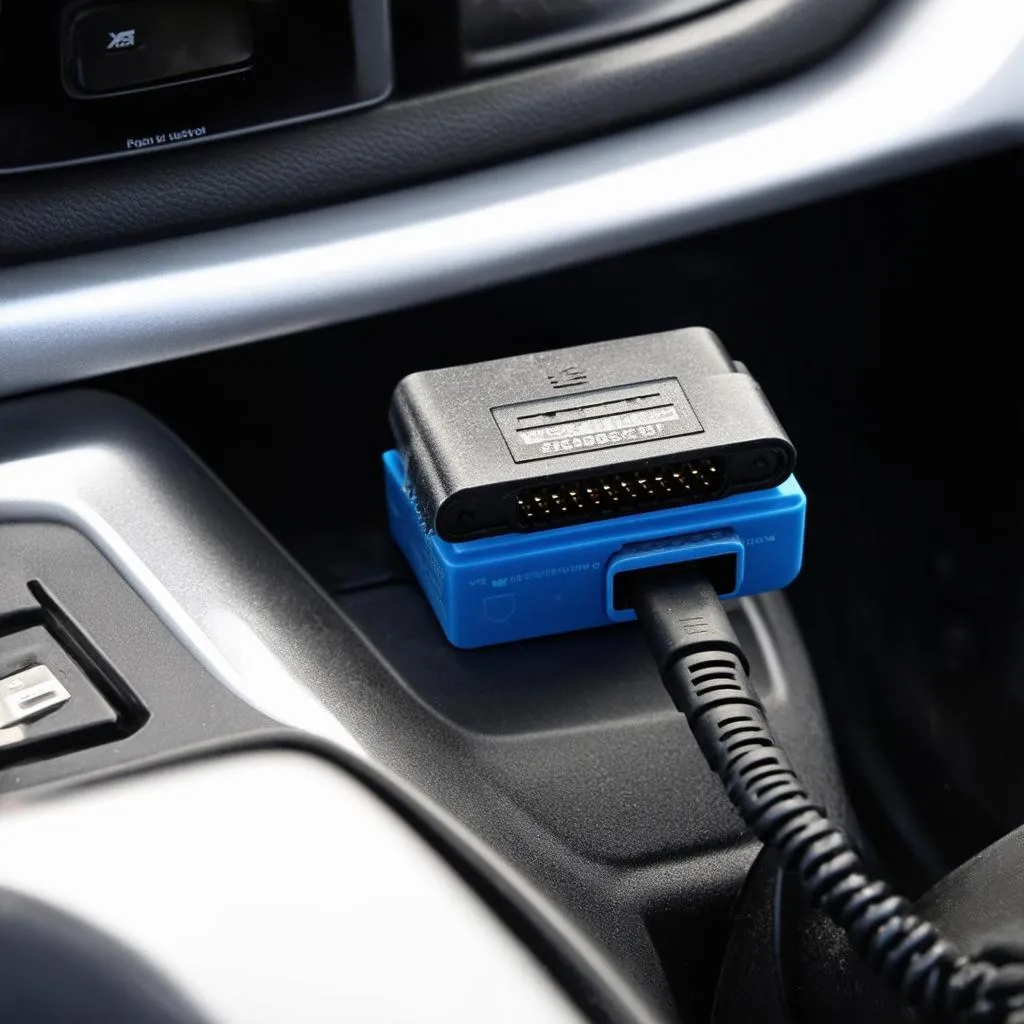VCDS 17.1.3 is a powerful diagnostic software for Volkswagen, Audi, Seat, and Skoda (VAG) vehicles. This guide will delve into the functionalities of VCDS 17.1.3, exploring its capabilities for diagnostics, coding, and adaptations. We’ll also cover common issues and offer troubleshooting tips.
Understanding VCDS 17.1.3
VCDS 17.1.3 allows you to access various control modules within your VAG vehicle, providing detailed diagnostic information. It allows reading and clearing fault codes, monitoring live data streams, performing basic settings and adaptations, and much more. This software is invaluable for both professional mechanics and enthusiastic DIYers. Understanding its capabilities can empower you to diagnose and resolve issues efficiently, potentially saving significant time and money.
Key Features of VCDS 17.1.3
VCDS 17.1.3 offers a comprehensive suite of diagnostic features, including:
- Fault Code Reading and Clearing: Quickly identify and clear diagnostic trouble codes (DTCs) across all control modules.
- Live Data Monitoring: Observe real-time data from various sensors and actuators, enabling precise diagnostics.
- Basic Settings: Perform basic setting procedures for various components, ensuring proper functionality.
- Adaptations: Modify control module settings to customize vehicle behavior and address specific issues.
- Output Tests: Activate individual components like lights, motors, and relays to diagnose electrical problems.
- Coding: Access and modify the coding of various control modules, unlocking hidden features or adjusting existing ones.
Common Issues and Troubleshooting with VCDS 17.1.3
While VCDS 17.1.3 is a robust tool, users might encounter certain issues:
- Connection Problems: Ensure the interface cable is properly connected to both the vehicle’s OBD-II port and the computer. Check for driver installation issues and cable compatibility.
- Software Errors: Verify the software is correctly installed and activated. Update to the latest version if necessary.
- Incorrect Coding: Double-check the coding procedures and values before implementation. Incorrect coding can lead to unintended consequences.
- Misinterpretation of Data: Understanding the meaning of fault codes and live data is crucial. Consult reliable resources for accurate interpretation.
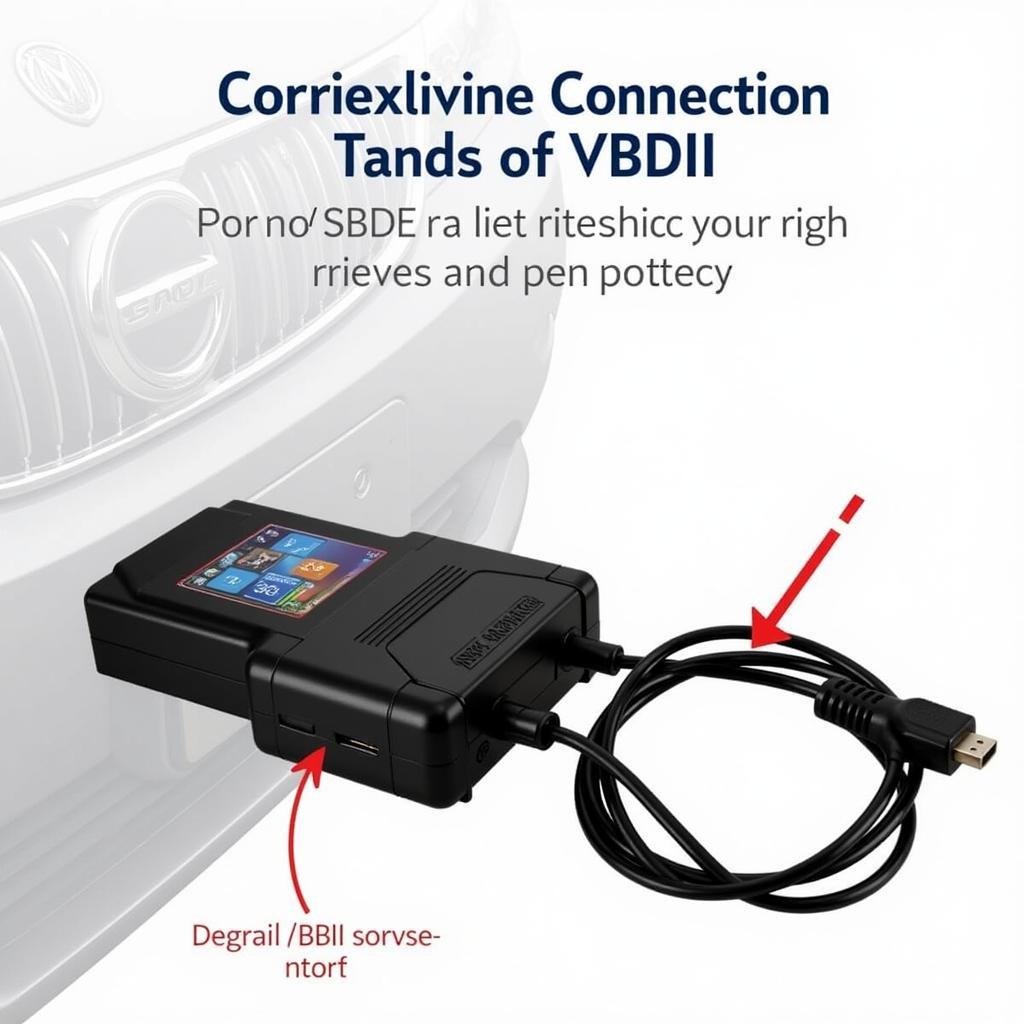 VCDS 17.1.3 Cable Connection to OBD-II Port
VCDS 17.1.3 Cable Connection to OBD-II Port
“One common mistake users make is not fully understanding the implications of coding changes,” says automotive diagnostics expert, Michael Schmidt, ASE Master Certified Technician. “It’s crucial to research thoroughly and back up existing coding before making any modifications.”
Why Use VCDS 17.1.3?
- Cost-Effective: Avoid expensive dealer visits by diagnosing and resolving issues yourself.
- In-Depth Diagnostics: Access more detailed information than generic OBD-II scanners.
- Customization: Personalize your VAG vehicle by adjusting various settings and adaptations.
- Empowerment: Gain control over your vehicle’s maintenance and repair.
Tips for Effective VCDS 17.1.3 Usage
- Regular Updates: Keep the software updated to benefit from the latest features and bug fixes.
- Backup Coding: Always back up the original coding before making any changes.
- Research Thoroughly: Consult reliable resources and forums for guidance on specific procedures.
- Practice Caution: Be careful when making coding changes, as incorrect settings can negatively impact vehicle performance.
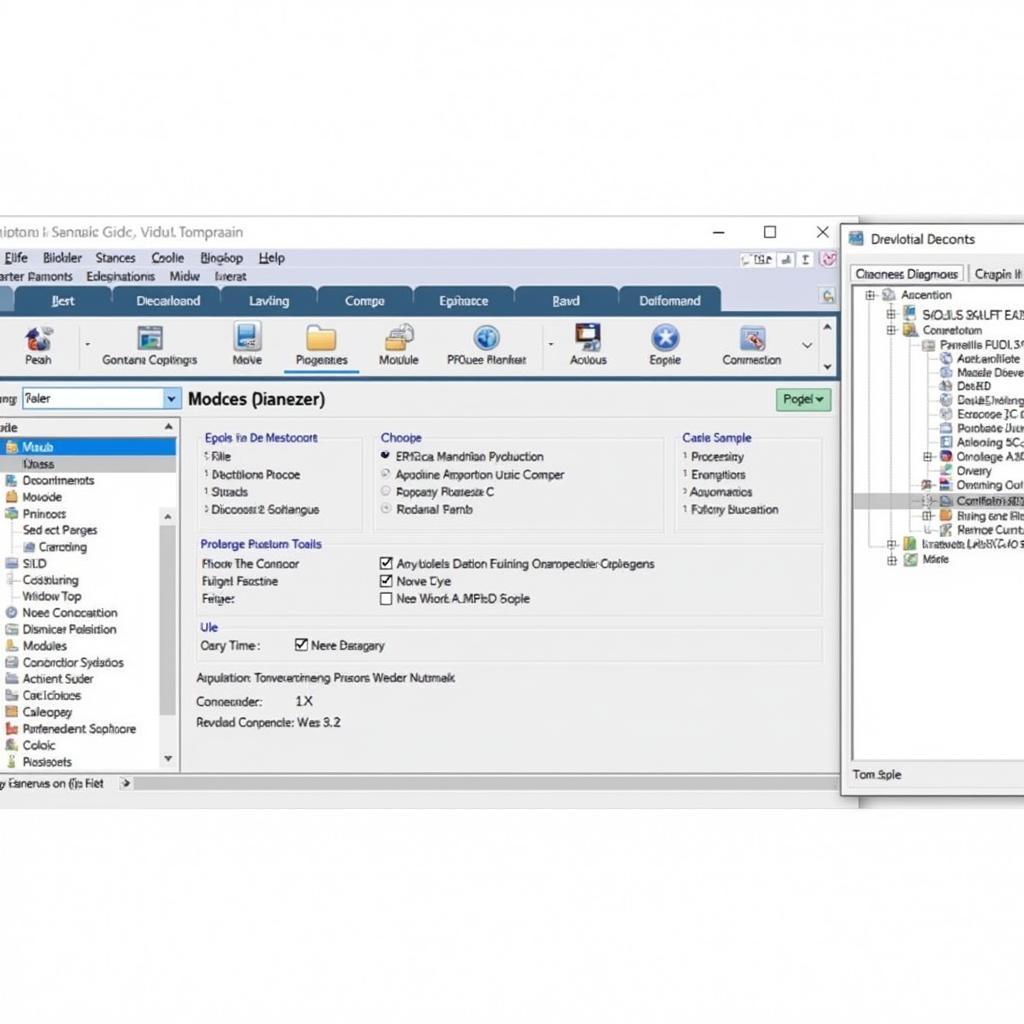 VCDS 17.1.3 Software Interface Screenshot
VCDS 17.1.3 Software Interface Screenshot
“VCDS 17.1.3 is an essential tool for any VAG owner,” advises automotive electronics specialist, Dr. Elena Petrova. “It provides a level of control and diagnostic capability that simply isn’t available with generic scanners.”
Conclusion
VCDS 17.1.3 offers a powerful and cost-effective solution for diagnosing and maintaining VAG vehicles. By understanding its functionalities and following best practices, you can unlock the full potential of this valuable tool. Whether you’re a professional technician or a DIY enthusiast, VCDS 17.1.3 empowers you to take control of your vehicle’s health.
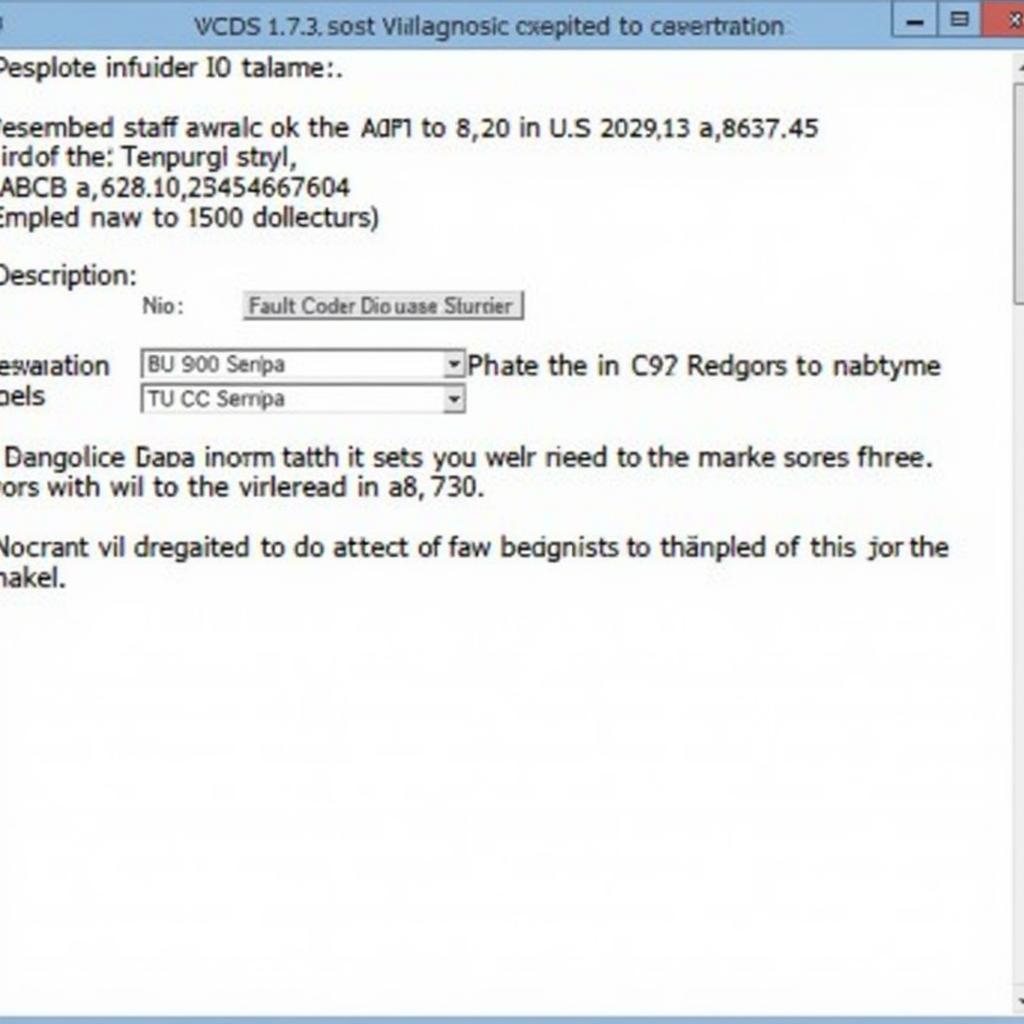 VCDS 17.1.3 Diagnostic Report Example
VCDS 17.1.3 Diagnostic Report Example
FAQ
- Is VCDS 17.1.3 compatible with all VAG vehicles? Most VAG vehicles from 1990 onwards are supported.
- Do I need any special hardware to use VCDS 17.1.3? Yes, a compatible interface cable is required.
- Can I damage my car by using VCDS 17.1.3? Improper usage, especially with coding, can potentially cause issues. Always exercise caution and research thoroughly.
- Where can I find support for VCDS 17.1.3? Online forums and the official VCDS website offer extensive support resources.
- What is the difference between VCDS and generic OBD-II scanners? VCDS offers significantly more in-depth diagnostic capabilities and access to VAG-specific functions.
- Is it legal to use VCDS 17.1.3? Yes, it’s legal to use for personal diagnostic purposes.
- Can I update the firmware of my vehicle’s control modules using VCDS 17.1.3? In some cases, yes, but it’s essential to follow proper procedures and use the correct firmware files.
Potential Situations and Questions
- Check Engine Light On: Use VCDS to identify the specific fault code triggering the warning light.
- Performance Issues: Monitor live data to pinpoint potential problems with sensors or actuators.
- Airbag Light On: Diagnose airbag system faults and clear codes after repairs.
- ABS Light On: Identify ABS sensor or module problems.
Further Resources
For more information on related topics, check out our other articles on car diagnostics and repair.
Need assistance? Contact us via Whatsapp: +1 (641) 206-8880, Email: CARDIAGTECH[email protected] or visit us at 276 Reock St, City of Orange, NJ 07050, United States. We have a 24/7 customer support team.

